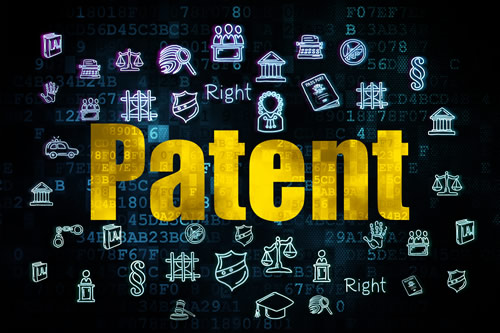The Second Face of Appropriability - Generative Appropriability and its determinants
How firms appropriate value from their inventions is the basis of this research. By introducing the construct of generative appropriability, this paper sheds light on the importance of recognising that any invention creates two values - the value of the article itself, and the value relating to its potential for development.
When a firm invents an idea or product, it actually creates two things. Firstly, it creates a physical artefact and secondly it adds to the mass of concepts and ideas already in existence. These ideas can themeslves become the basis of new inventions.
How firms appropriate value from their inventions is the basis of this research. By introducing the construct of generative appropriability, this paper sheds light on the theoretical and managerial importance of recognising that any invention creates the two values mentioned in our introduction. These two values can also be viewed as (1) an intrinsic value to the artefact and (2) a generative value relating to its potential for future developments.
Therefore, after creating an invention, a firm should not only consider how to enhance "primary appopriability", or its inventions potential for profitability, but it should also consider "generative appropriability", or its invention's potential to engender new inventions. A generation of multiple sequential inventions can sustain their value creation over time and also provide R&D returns by enabling its usage in multiple inventions. This paper identitfies strategies that firms may use to enhance their own generative appropriability.
This paper also posits the idea that sustained value creation can be achieved with the creation of new inventions that lead into new product markets. The example of Apple is given, where the development of iPod to iPhone to iPad was witnessed.
The research also looks at how firms can effectively prevent their developments being exploited by rivals. The research refers to this as the preclusive component of generative appropriability. Some firms have proved successful at developing their own inventions and preventing or delaying others from building on them. Apple is an obvious example historically, although it appears less adroit of late. Xerox is cited as a company with a proud history of inventiveness, but a less successful record of building on this or indeed preventing others from doing so.
The researchers adopt a strategic, firm-based perspective and uncover the determinants of generative appropriability, focusing attention on key levers that lie within the control of management and are commonly used to influence organisational outcomes: organisation structure, organisational systems and processes, and organisation strategy.
The construct's theoretical and managerial distinctiveness and significance is discussed, and its main implications for future research and practice are highlighted. Whether it makes sense for firms to always try to enhance generative appropriability is debated. It is indeed likely that, as with other performance outcomes for firms, enhancing generative appropriability may be more or less desirable depending on underlying conditions. Several sets of circumstances are identified under which firms would have to evaluate trade-offs before deciding whether or not to enhance generative appropriability.
This research The Second Face of Appropriability: Generative Appropriability and Its Determinants was published in the Academy of Management Review.




